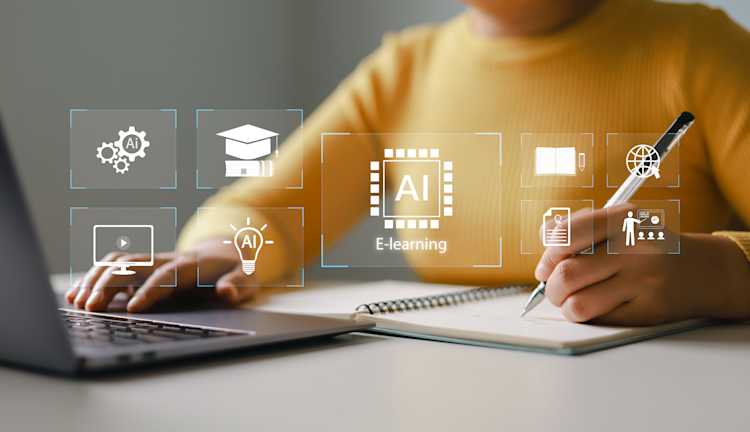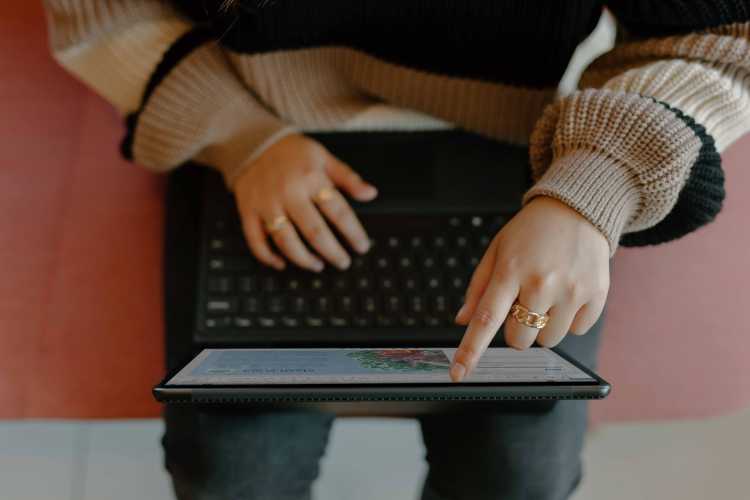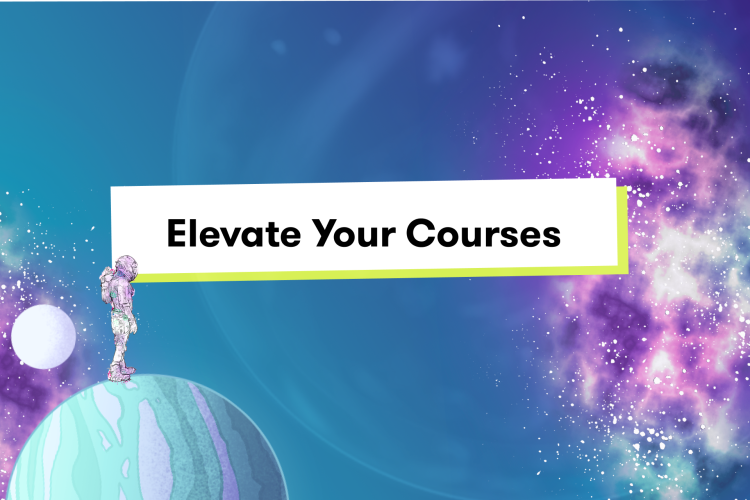Online Courses
Self-Paced Learning: All You Need to Know for 2025
If you’re a course creator wanting to make self-paced learning work for you, here's what you need to know.
Author
Mighty Team
Last Updated
February 6, 2025

Table of Contents
Learning that’s self-paced can be a powerful experience, not to mention a gift for teachers. When students can immerse and lead themselves through the material, it can transform the way they learn. If you’re an educator or course creator wanting to make self-paced learning work for you, here’s what we’ll cover in this article:
What is self-paced learning?
What are the advantages and disadvantages of self-paced learning (and who’s it for)?
Examples of self-paced learning in action.
A few tricks to make self-paced learning a success.
If you want more support in building your online course, come join OUR Mighty Community for free and meet other new and established community owners! We’d love to meet you. Join for free!
What is self-paced learning?
Self-paced learning is a way of teaching that lets the student go at their own speed, as fast or as slow as they want. They don’t need to absorb everything in one sitting and can come back to the material as often as they need to.
Although self-paced learning sort of existed in the past - you could buy a self-learning book or listen to recorded lessons - it’s really come into its own with the rise of e-learning. E-learning, especially through pre-written or pre-recorded course content, lets learners watch and engage with learning material at their own pace, and instructional designers have a ton of great digital tools at their disposal to make sure that the material sticks–from responsive quizzes to flashcards on your phone.
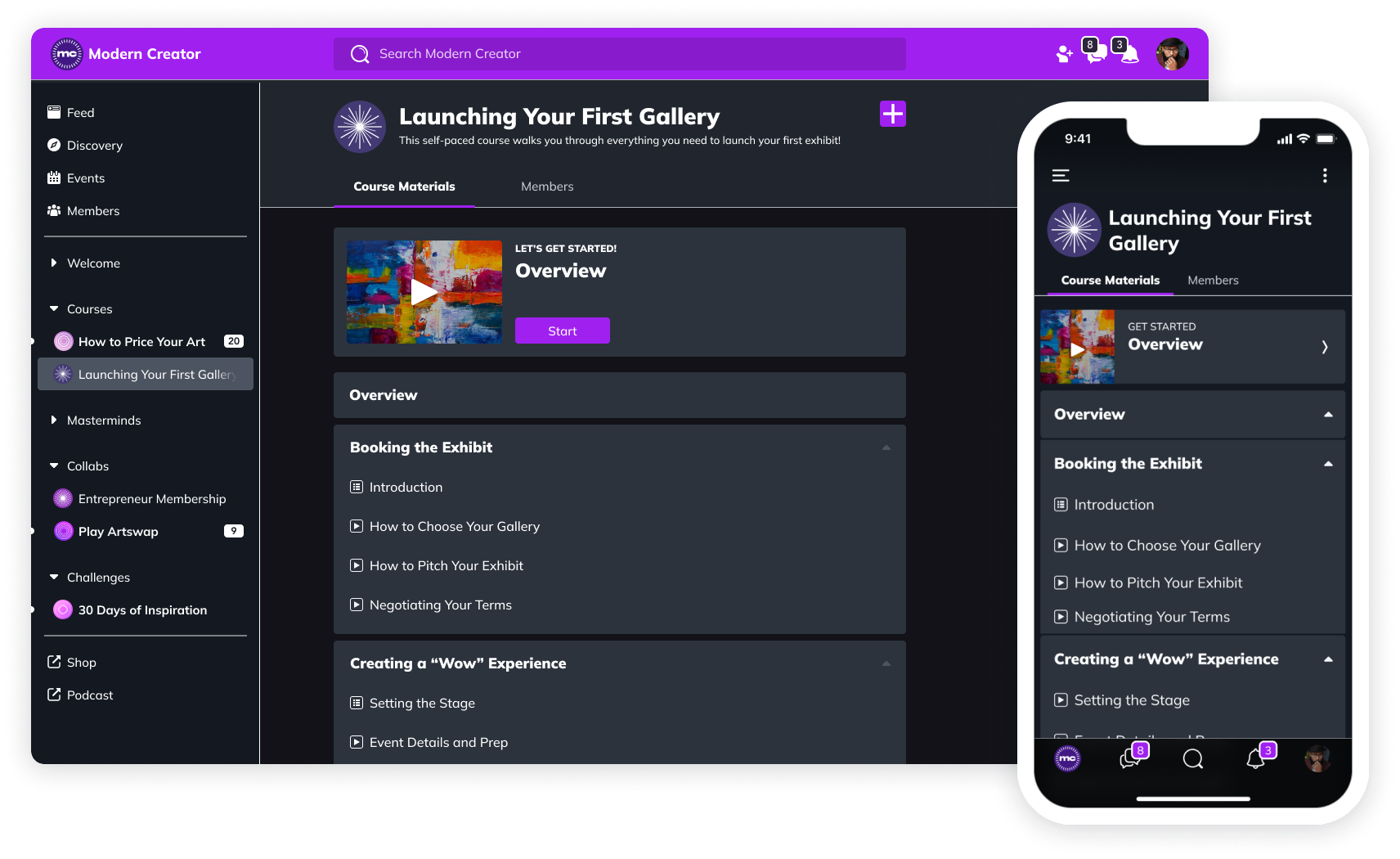
Self-paced learning can also be an important part of blended learning, in which traditional classroom teaching can be combined with digital self-paced learning like online courses, videos, or projects. Self-paced learning is also an important portion of the online learning market–projected to reach $257.7 billion in value by 2027. It’s also become easier for instructors to facilitate self-paced learning thanks to online learning software.

Advantages of self-paced learning
These are some of the benefits of self-paced learning:
Access: One of the biggest advantages is access; anyone with access to a self-paced course can learn as they’re able. If a single dad or working mom is trying to learn something in their spare time, they could make it happen. And the ability to learn even a little bit each day adds up over time.
Learning preferences: Students want flexibility–a recent study found 82% of students want some of their learning to be online. Self-paced learning may fit how some learners want to learn.
Different learning styles: While a 2008 literature review showed there’s no evidence that teachers should customize for different learning styles, online learning does give students the freedom to use different learning styles to complete class material. For example, a learner could choose to watch a video of a lecture or read a transcript.
Accessibility: Some learners get left behind in traditional classrooms or synchronous learning. This happens for different reasons that could be anything from disability to learning needs. That’s why “going at their own pace” isn’t just a question of convenience; it can be a question of accessibility and inclusion, and it opens up education for those who might not otherwise be able to benefit from it.
Higher retention: Some scientific research shows the benefits of self-paced learning too. Self-paced learners have higher retention and those who can direct themselves retain lifelong learning skills. Even in a traditional classroom, since not all students learn at the same pace, self-paced learning can allow those who are quicker to move forward and those who need more work on an area to stay with it until they’re done.
Higher motivation: Studies show that when self-paced learners have a strong sense of intrinsic motivation, there are better outcomes.
Flow: Highly motivated, self-paced learners can get into a state of flow. Flow makes learning psychologically satisfying.

Disadvantages of self-paced learning
There are some disadvantages of self-paced learning too. For it to work well, people have to be self-directed. That’s why it can be a better option for adults who want to learn than for, say, high-school kids who might not work as well autonomously.
People also learn differently, and some benefit from the presence of an instructor or engagement with other students. Some people may give up without the encouragement and accountability of fellow learners, especially on some online course platforms or Massive Open Online Courses (MOOCs) where nobody knows if you’re doing the work.
Difficult for students without self-direction: Self-paced learning can be almost impossible for students with no self-motivation or accountability.
Difficult to get help. Many learning environments (especially some online course platforms) don’t build in the help required for self-paced learners. If they get stuck, sometimes they can’t move forward.
Can fall victim to procrastination: Without a time structure or accountability, some students can procrastinate and fall behind.
Isolation can be hard: Where self-paced learning is happening outside of a classroom, it can feel isolating for learners.
It’s tough to get feedback: Most self-paced learning is missing the feedback loop of a classroom or synchronous learning experience. As a result, students can find themselves spending a lot of time on things that aren’t right.
What kind of educators can use self-paced learning?
Educational institutions: Educational institutions of all levels can use self-paced learning, but it can be especially effective once learners can self-direct and self-motivate (esp. college & university level).
Companies and brands: For SMEs, self-paced learning with corporate online training courses can help employees (and even alumni) upskill and grow. Because learners are paid to be there and their job might rely on using the materials well, it’s easier for them to self-motivate.
Alumni networks: Offering self-paced learning can be a value-add to an alumni network, especially for career-related skills.
Not-for-profit organizations: For community nonprofits and associations, self-paced learning can educate members and stakeholders.
Creators & influencers: Content creators and influencers often create digital products as a way to monetize their audience.
Entrepreneurs: Many entrepreneurs choose community and courses to build flywheel businesses that can run and grow themselves. Different forms of self-paced learning could fit this vision–but especially an asynchronous course. Or, you might choose to build a self-paced learning app to teach a valuable skill–for example, a music or fitness app.
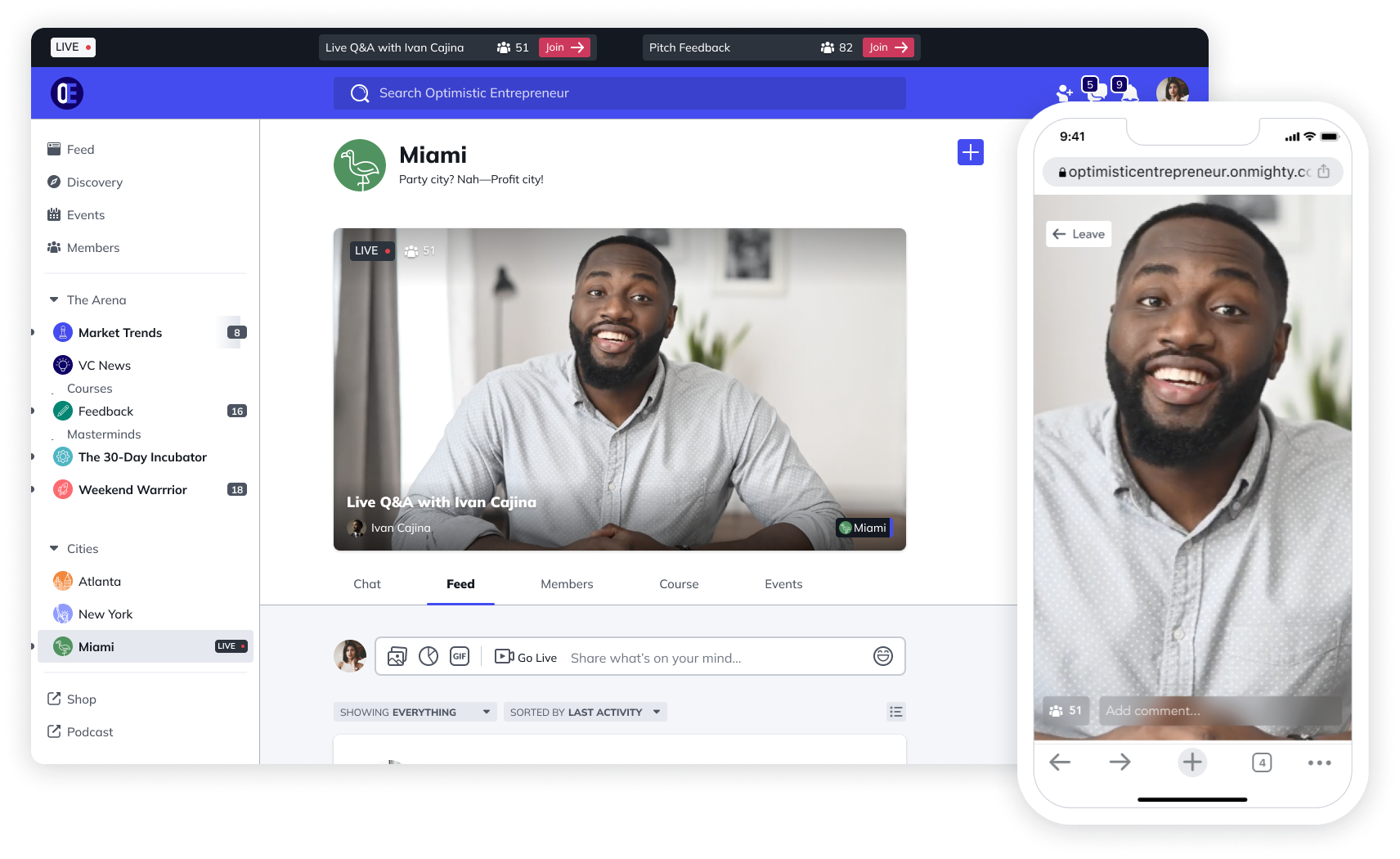
Examples of self-paced learning
Online courses and MOOCs
We’ve got lots of awesome people hosting online courses on Mighty. You could also think about platforms like Coursera or Skillshare, each of which specializes in self-paced learning.
Language apps
Language apps like Duolingo or Babbel are fantastic examples of self-paced learning. They give learners lessons they can progress through. Or how about Jumpspeak, which uses an AI tutor and conversation assistant to teach languages? Language learning is perfect for self-paced learners, usually, they’re motivated and driven–maybe it’s a holiday coming up or they need to impress a date!
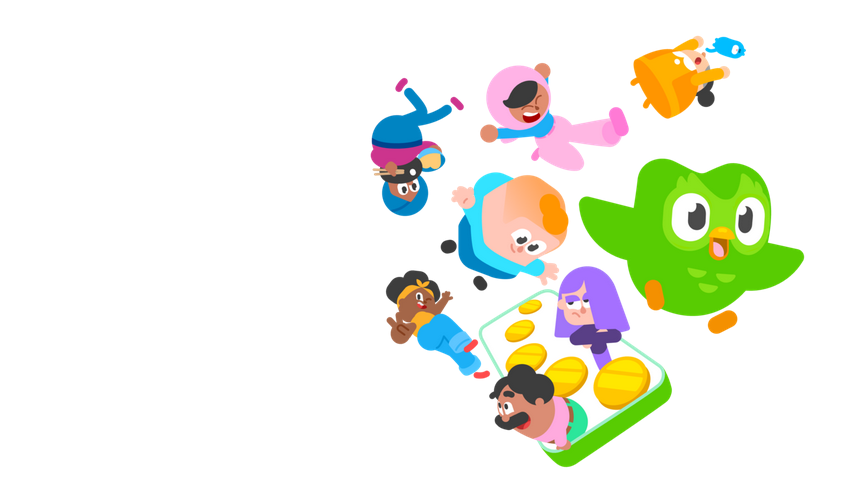
Coding platforms
A lot of coding instruction is self-paced. Think about a coding bootcamp or an online coding library like DataCamp. Teaching coding languages works best as self-paced since developers can usually follow the steps until they learn.
Buying books
Anytime you’ve read a book to learn something–from personal finance to knitting techniques–you’ve technically done self-paced learning.
Fitness apps
Many fitness apps are made for self-directed learning, with self-serve training programs, videos, and lessons.
Music apps
Finally, lots of music-learning apps are self-serve and self-paced. Think about apps for learning guitar or piano (like Yousician). These are made for teaching yourself!
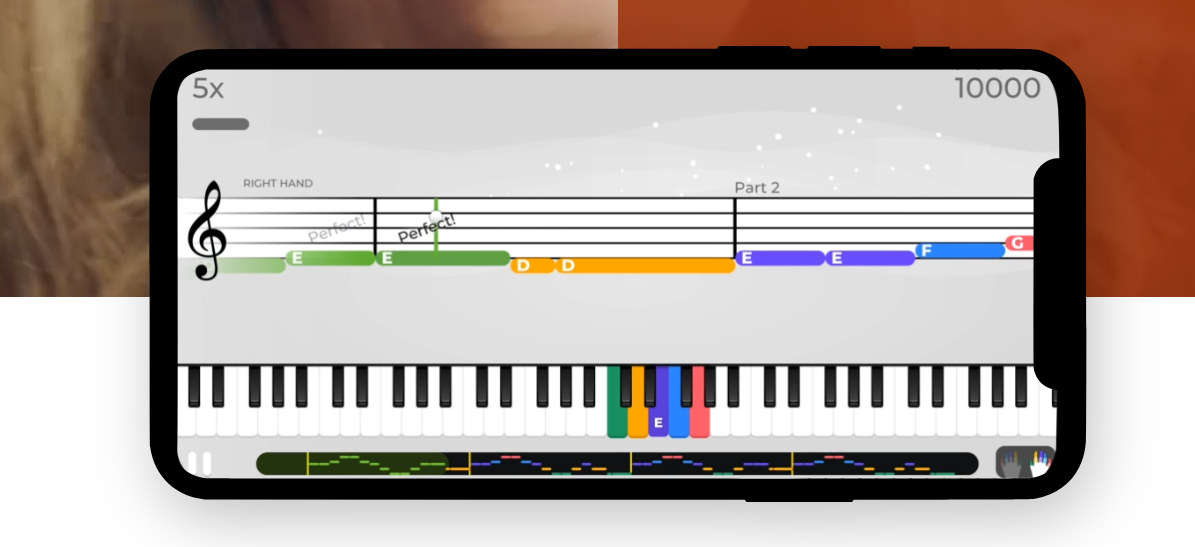
Tricks for effective self-paced learning
Let learners choose how they spend their time. In one study, they found that self-paced learners who controlled their study time and were able to adjust time allocation to meet tasks were more effective.
Help students find their motivation. It’s no surprise that language, music, and fitness work well for self-serve learning apps. These are areas where people are motivated and excited to learn. For self-paced learning in educational institutions, this can be a challenge.
Eliminate distractions. Even learning online comes with endless things to click on and distract. You could try a social media blocker or the Pomodoro technique to improve focus and productivity.
If possible, build stuff. Self-paced learners who can see progress or clear endpoints are more likely to keep going.
Ready to start?
If you’re ready to start with self-paced online learning, come build with Mighty Networks! Mighty is a powerful and intuitive course platform to deliver both synchronous and asynchronous courses. It’s got all the features to make self-paced learning a success, including:
An LMS that makes it easy to build a course (including AI course outlines). You can add audio, video, text, PDFs, and discussion questions for each module.
Tons of engagement features with Mighty’s community platform: discussions, livestreaming, chat & messaging, and live events. It’s got all the right features for boosting self-paced learning with engagement.
A set of member management tools like “Members Near You,” member profiles, and valuable data and analytics.
A full set of business tools: sell courses individually or bundle them with communities, live events, private groups, and more, in 135 different currencies.
Beautiful native apps or upgrade to your own branded app.
The cool thing about modern learning platforms is that you don’t need to choose either/or. If you run a Mighty Network, you have the option to create a course that is both self-paced and can include live components, workshops, discussions, and more!
Ready to get started? You can try Mighty free for 14 days, no credit card required.
Ready to start building your community?
Start a free 14-day trial to explore Mighty—no credit card required.
More like this
Join Mighty Community
Learn the principles of Community Design™ (and see them in action) alongside thousands of creators and entrepreneurs. It's free to join!

Online Courses
Creating a Course
Teaching a Course
Course Platforms
Selling a Course
Communities & Memberships
Community Platforms
Managing a Community
Building a Community
Growing a Community
Monetizing a Community
Content Creation
Creators & Entrepreneurs
Monetization
Content Creation
Starting a Business
Website Builders
Creating & Managing a Website
Events
Event Platforms
Hosting & Marketing Events
Branded Apps
Creating a Mobile App
Coaching Apps
Community Apps
Coaching
Mastermind Groups
Starting a Coaching Business
Coaching Platforms
Filter by Category
Online Courses
Communities & Memberships
Creators & Entrepreneurs
Events
Branded Apps
Coaching
Build a $1 Million Community
This free masterclass went viral—sign up to learn why.










